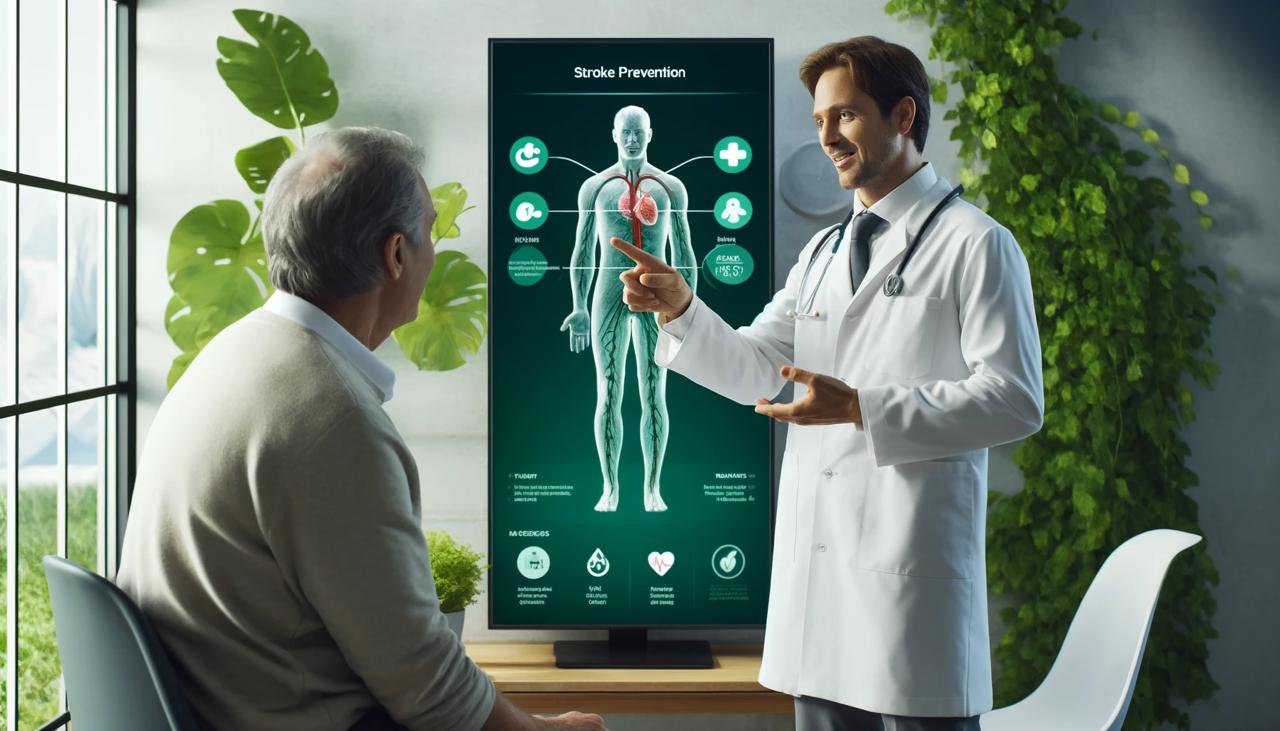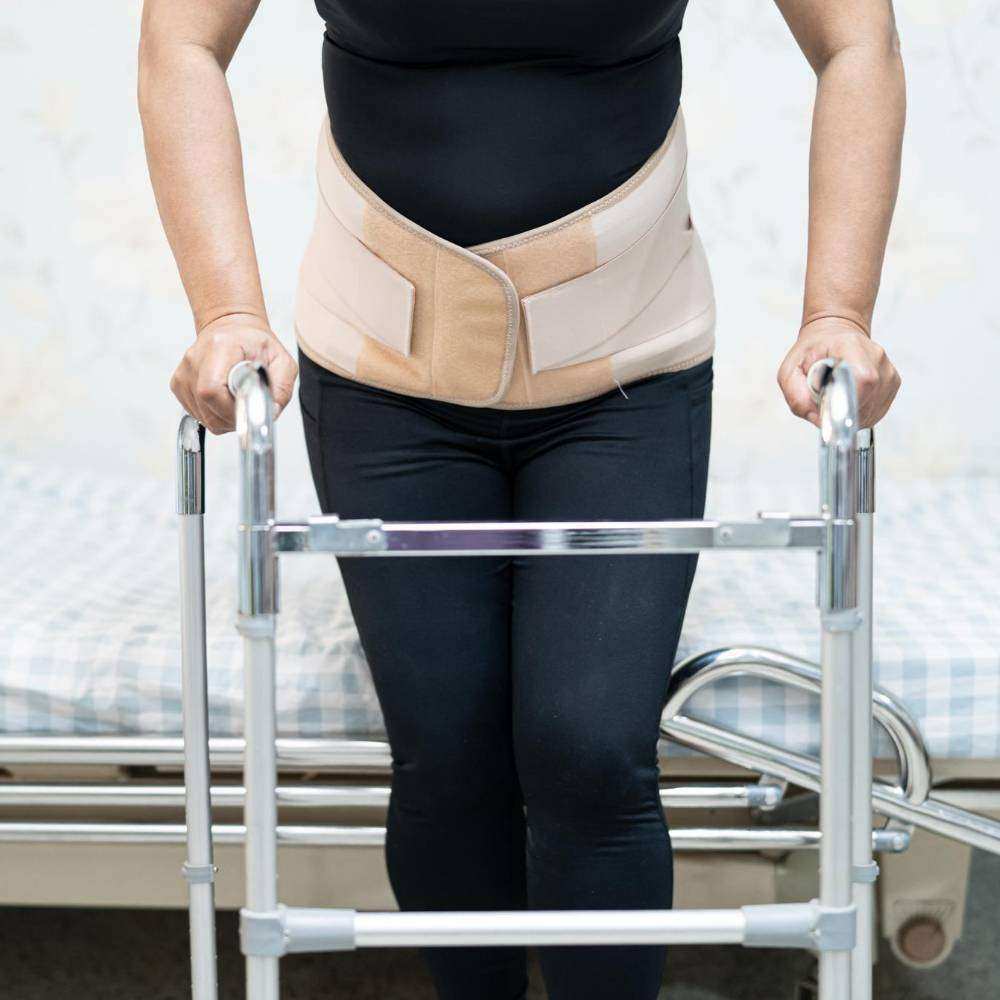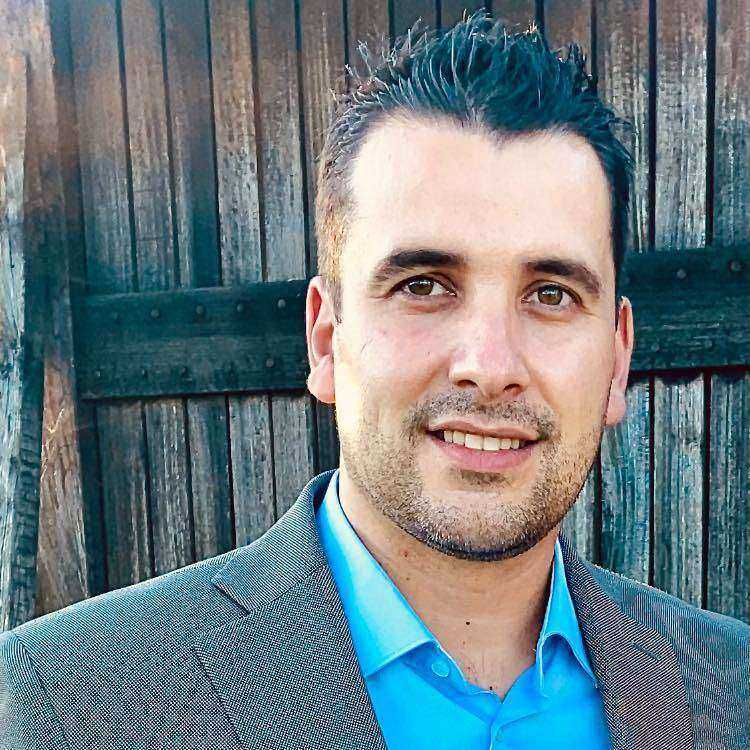A cerebrovascular accident (CVA), popularly known as a stroke, is one of the leading causes of death and long-term disability in adults worldwide. Understanding what a stroke is, its types, symptoms and, most importantly, how to prevent it, is essential for promoting brain health and reducing risks. This article aims to clarify these issues and encourage healthy lifestyle habits that can minimize the likelihood of this serious condition occurring.
What is a stroke?
A stroke occurs when blood flow to a part of the brain is interrupted or reduced, preventing brain tissue from receiving oxygen and nutrients. Brain cells begin to die within minutes.
There are two main types of stroke:
1. Ischemic stroke: The most common type occurs when a blood clot obstructs or narrows an artery leading to the brain.
2. Hemorrhagic stroke: It occurs when an artery in the brain ruptures, leading to hemorrhage (bleeding).
Signs and Symptoms of a Stroke Recognizing the signs of a stroke can save lives. The mnemonic "F.A.S.T." (is a useful guide to remembering the main symptoms:
Face: Is the person's face slumped to one side?
Arms: Can the person raise both arms?
Speech: Is your speech slurred or strange?
Time: It's time to call an emergency immediately if any of these symptoms are present.

How to Prevent a Stroke Stroke prevention is strongly linked to controlling the associated risk factors and adopting a healthy lifestyle. Here are some fundamental preventive measures:
1. Blood Pressure Control: Hypertension is the biggest risk factor for strokes. Keeping blood pressure under control is crucial.
2. Reduce cholesterol: Diets rich in saturated fats and cholesterol can raise blood cholesterol levels, increasing the risk of blood clots.
3. Stop smoking: Smoking increases the risk of various health problems, including stroke.
4. Healthy Diet: A diet rich in fruit, vegetables and fiber and low in fat and salt can help prevent clots from forming.
5. Regular exercise: Regular physical activity can help maintain a healthy weight and reduce blood pressure.
6. Limit alcohol consumption: Drinking too much can increase blood pressure. Limiting alcohol to moderate amounts is beneficial.
7. Monitoring Cardiovascular Health: Diseases such as diabetes and cardiac arrhythmias can increase the risk of stroke.

Understanding what a stroke is and implementing preventive measures can significantly reduce the risk of suffering this serious health event.
It is essential to adopt a healthy lifestyle and regularly consult health professionals for risk assessments. Prevention is always the best course of action and, in this case, it can literally save lives.
Remember, the information contained in this article is not a substitute for medical advice. It is always recommended that you consult a qualified health professional for personalized advice.



very interesting article that should be read carefully, what am I going to do?